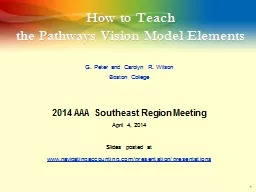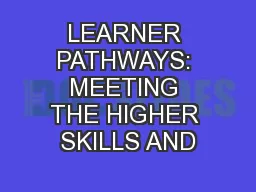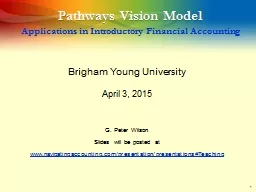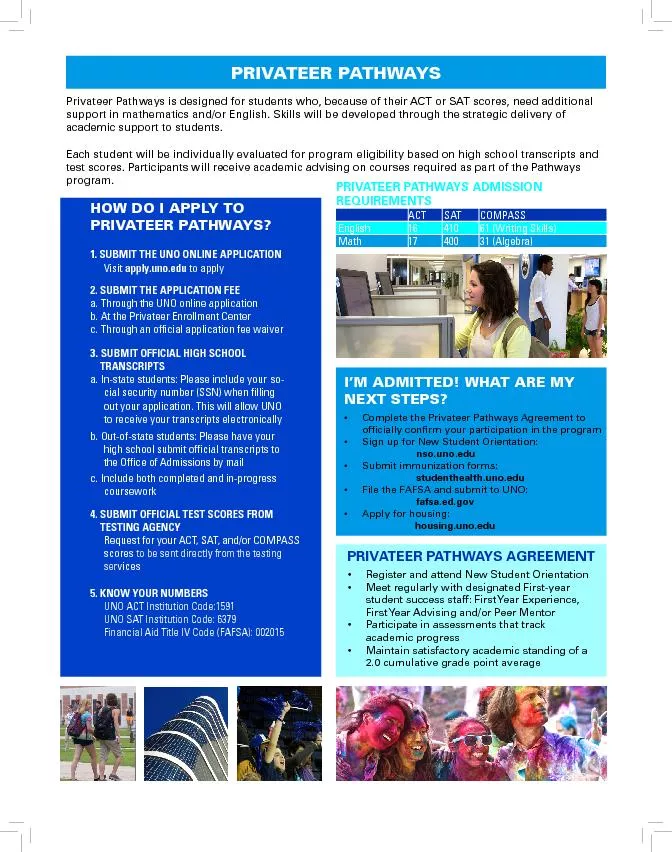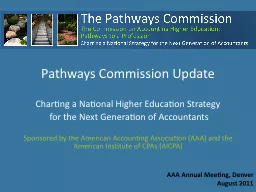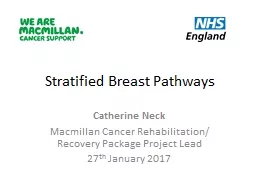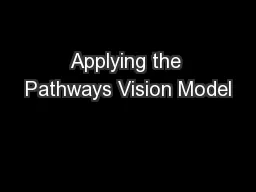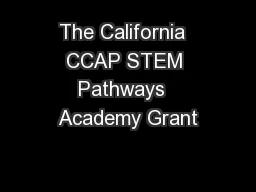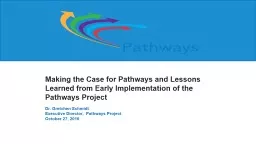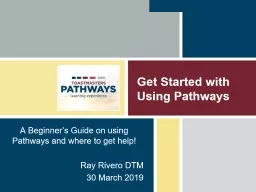PPT-How to Teach the Pathways Vision
Author : stefany-barnette | Published Date : 2018-11-15
Model Elements G Peter and Carolyn R Wilson Boston College 2014 AAA Southeast Region Meeting April 4 2014 Slides posted at wwwnavigatingaccountingcompresentationpresentations
Presentation Embed Code
Download Presentation
Download Presentation The PPT/PDF document "How to Teach the Pathways Vision" is the property of its rightful owner. Permission is granted to download and print the materials on this website for personal, non-commercial use only, and to display it on your personal computer provided you do not modify the materials and that you retain all copyright notices contained in the materials. By downloading content from our website, you accept the terms of this agreement.
How to Teach the Pathways Vision: Transcript
Download Rules Of Document
"How to Teach the Pathways Vision"The content belongs to its owner. You may download and print it for personal use, without modification, and keep all copyright notices. By downloading, you agree to these terms.
Related Documents

